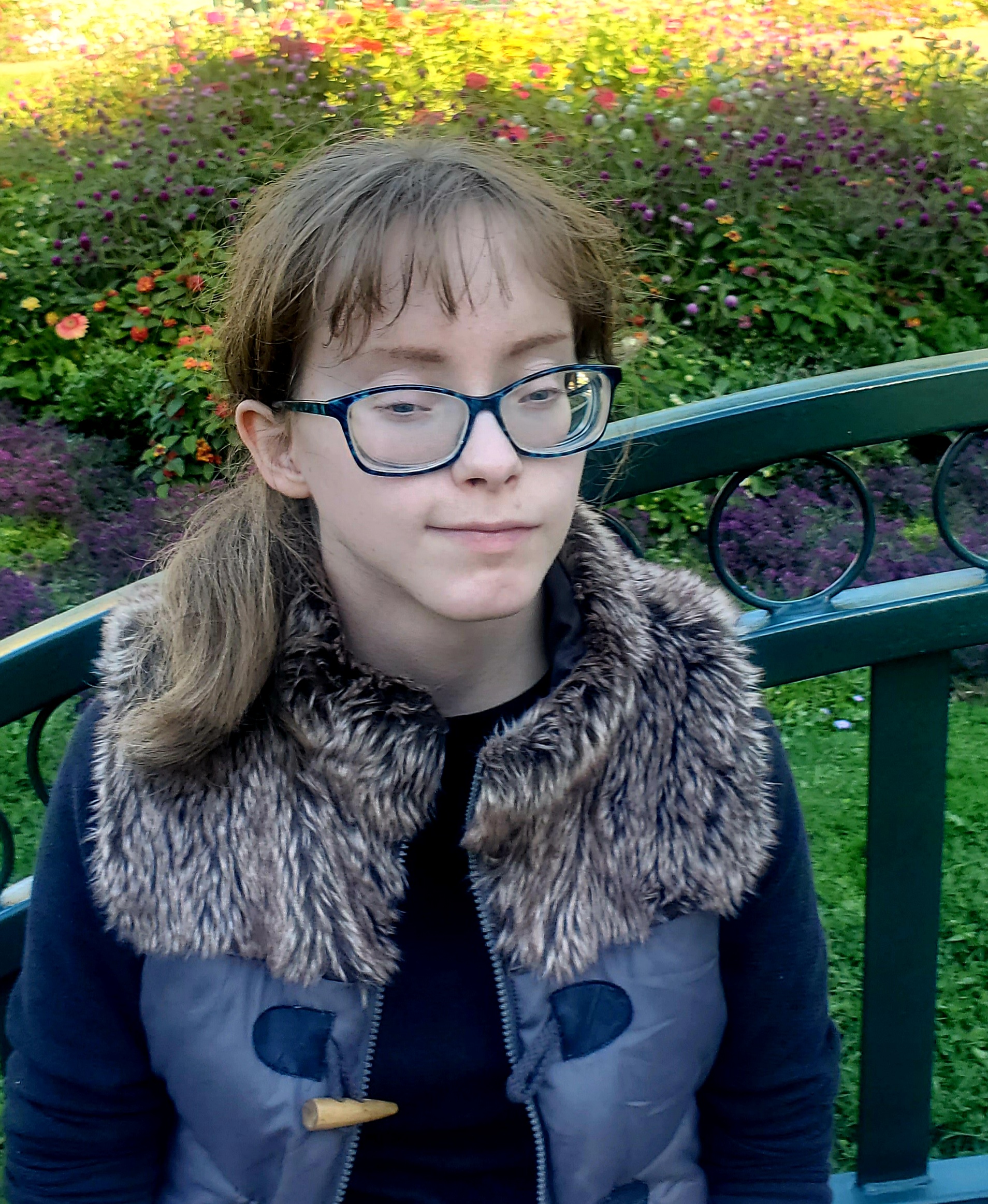Celebration of Scholars
#21: An Examination of Lake Erie’s "Western Basin Occupying" Yellow and White Perch Populations from a Graph Theory Perspective
 Name:
Caitlyn Feldpausch
Name:
Caitlyn Feldpausch
Major: Mathematics
Hometown: Kenosha, WI
Faculty Sponsor:
Other Sponsors: Yaple, Haley
Type of research: Senior thesis
Funding: N/A
Abstract
Although Lake Erie is one of the Great Lakes life-rich ecosystems, its traits are continually tracked and analyzed to ensure future freshwater health. A key lies in understanding the development of native and invasive fish populations. With that knowledge, we may compare these populations to consecutively smaller or larger organism dynamics. Gathering research that analyzes freshwater systems is how national organizations tackle freshwater issues. A typical avenue of investigation utilizes data collection and statistical analysis to determine species relationships. Instead, we apply an avenue of approach via graph theory. We gather data on Lake Erie’s western basin, allowing examination of the native white and yellow perch populations’ analogous or cross-pernicious trends, finding they are due to diet and ecosystem health agents.Submit date: March 19, 2023, 5:18 p.m.
